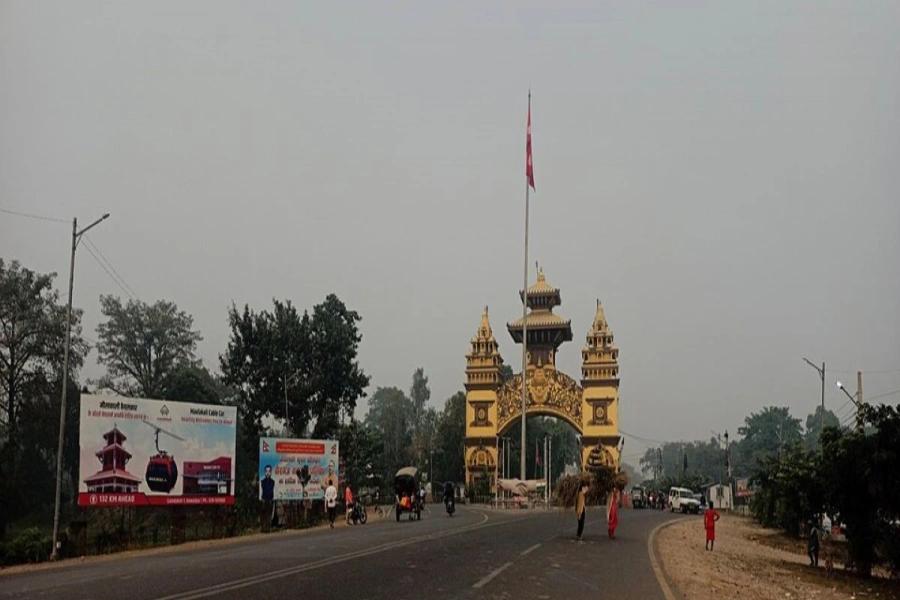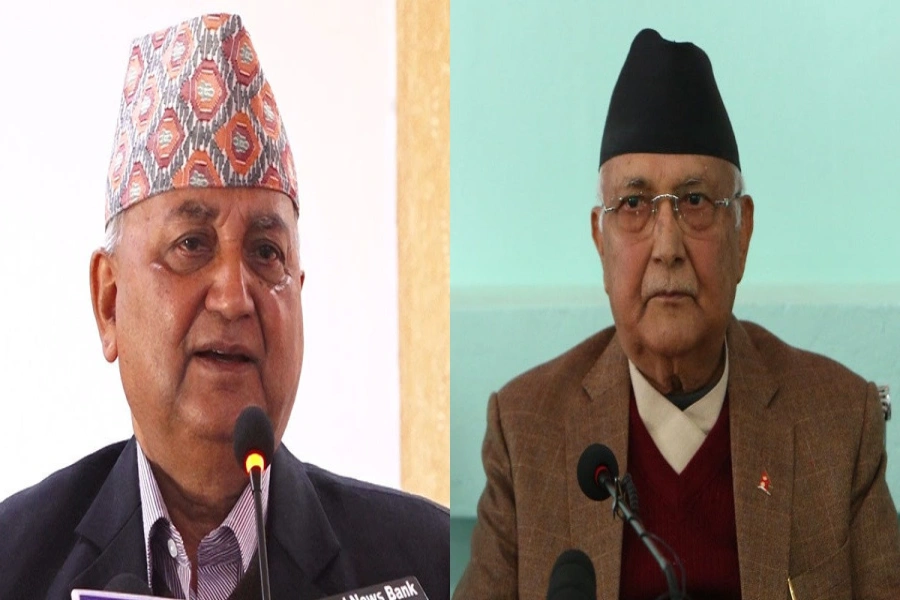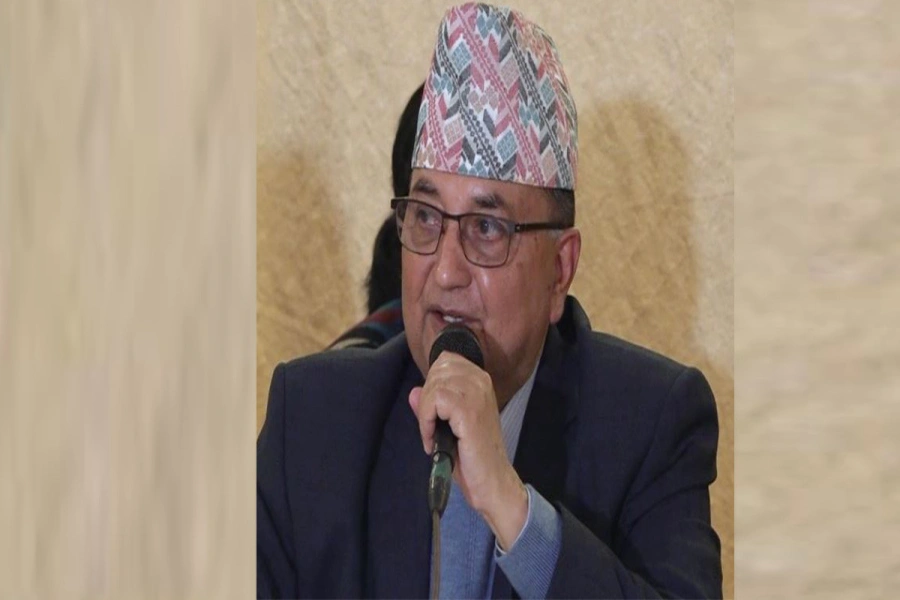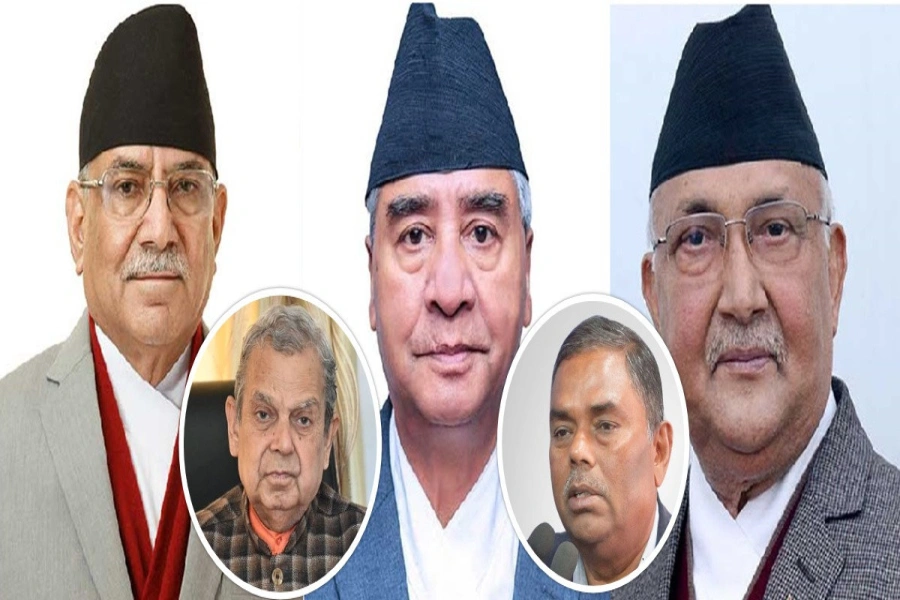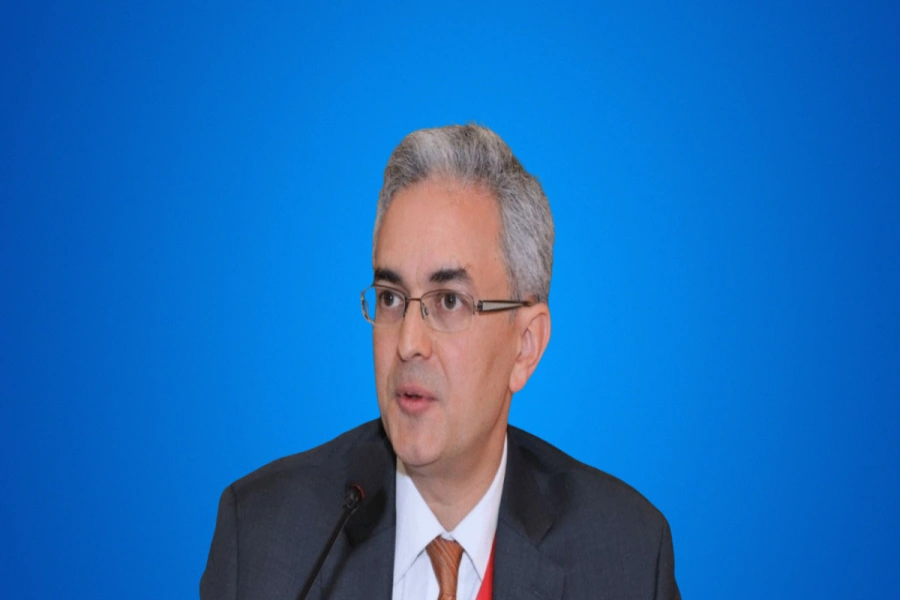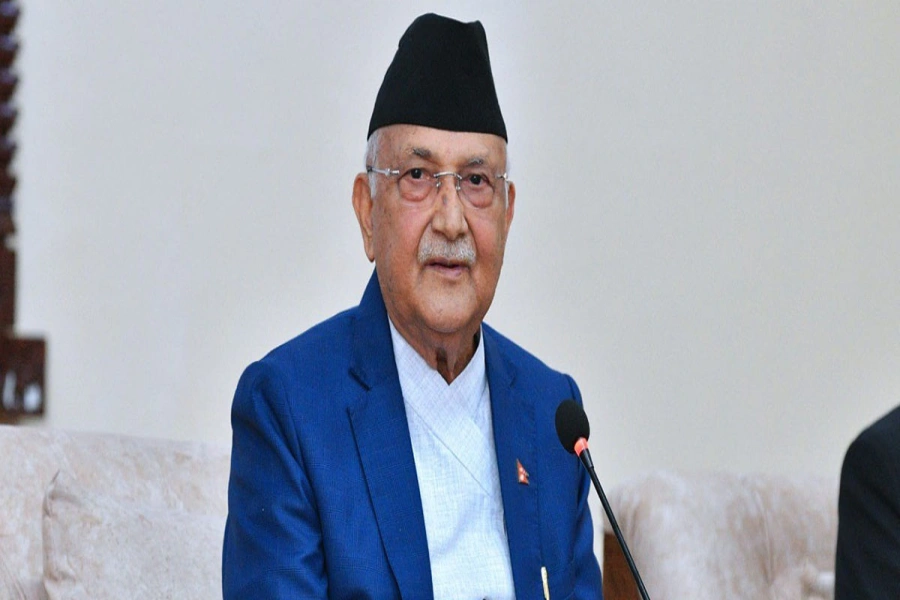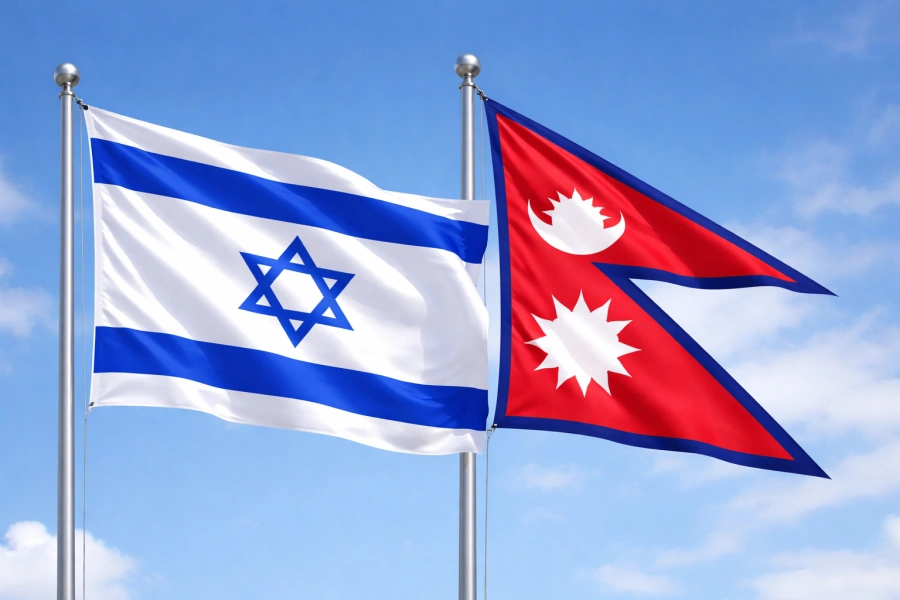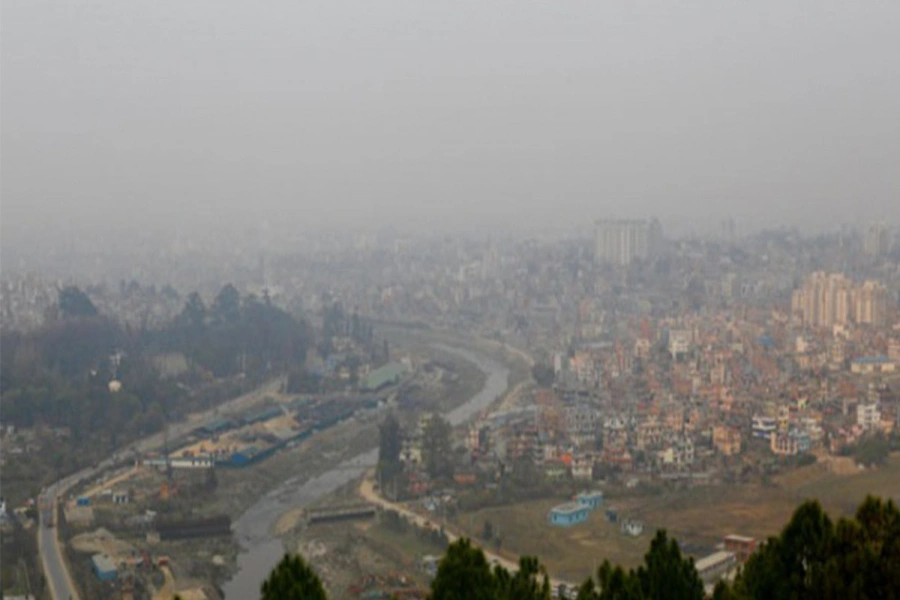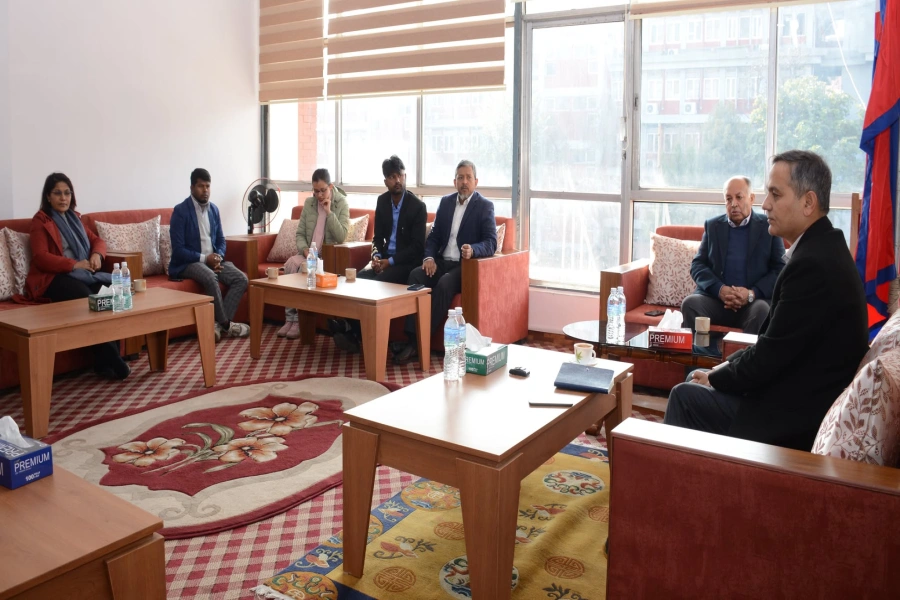While restructuring Prime Minister Agriculture Modernization Project, due consideration should be given in selecting appropriate organization for its implementation
The Ministry of Agricultural and Livestock Development (MoALD) has been executing the Prime Minister Agriculture Modernization Project (PMAMP) across the country for the last two years. This is a project funded solely by the government budget and the government has made a commitment of running the project for 10 years, under which the ministry will expand the blocks, zones and super zones gradually every year during the project period. The PMAMP has now 2776 pockets, 336 blocks, 69 zones and 14 super zones across the country and targets to increase the number of super zones, zones, blocks and pockets to 2l, 300, 1,500 and 10,000 respectively by the end of the project. This project is to help implement Agriculture Development Strategy (ADS) and it has envisioned addressing the supply-side constraints. The budgets allocated for this project in three consecutive fiscal years are Rs 5.25 billion, Rs 4.77 billion and Rs 3.23 billion respectively. The budget proposed for this fiscal year is Rs 8.10 billion.
In order to address the supply-side constraints, the project provides up to 85 percent cash grant to purchase agriculture inputs for farms located in special pockets, blocks, zones and super zones and similar percentage of subsidies are also provided for collection centers, warehouse, community seed banks, processing centers, agriculture marts, cold storage facilities and training centers. A 50 percent capital subsidy is provided on agricultural equipment and tools purchase in blocks and pockets. A provision has also been made to provide technical services through 15 mobile laboratories in the production areas. Thus the programs of the project are heavily subsidized. That is why the agriculture experts have raised doubts about the sustainability of the project due to its heavy dependency on subsidy.
Weak implementation
The project has a Central Management Unit (CMU) under the ministry responsible for it. Under the CMU, the project has separate offices for implementing programs in super zones and zones. The programs in pockets and blocks are implemented by the provincial offices. There is no direct role of the Department of Agriculture and organizations under it in the implementation of this project. Creating parallel organizations like this has not only complicated coordination resulting in weak program implementation but also resulted in higher costs of operations.
What is missing in budget for agriculture?

Identifying super zones and zones alone does not ensure that all concerned organizations will support the project. Often, differences have surfaced among organizations during program formulation and implementation. It is therefore necessary to understand past organizational weaknesses and develop all-round coordination mechanism so that all stakeholders own the zone and super zone concept.
The project was introduced with a clear and specific roadmap for increasing agriculture production and productivity to make the country self-reliant in food production within a decade. It envisages making the country self-reliant in agricultural products by promoting mechanization technology with proper and efficient use of seeds and fertilizers to increase productivity.
The project aimed at achieving self-sufficiency in wheat and vegetables by first fiscal year, in paddy and potato in two years, in maize and fish in three years, and in fruits like banana, papaya and litchi in four years. If this project was effective to meet its objective, the country would have been self-sufficient in wheat, vegetables, paddy and potato by now. But the import data of these crops show different scenario. The country is importing rice and maize worth Rs 40 billion per annum in recent years.
This author has no direct involvement in this project but has visited some fields of zone and super zones, interacted with the concerned stakeholders and reviewed available documents. The project is inefficient in resource utilization. Hence, the 56th Annual Report of the Office of the Auditor General has suggested the project authorities to make improvement in resource utilization. As per the project document, the pockets, blocks, zones and super zones are for commercializing agriculture by addressing the issues of land fragmentation, low use of modern technology and weak coordination. But none of these issues have been addressed.
Measures and suggestions
On an optimistic note, only three years have passed since the project implementation. And we still have seven more years to work in making it more successful. There is time to improve implementation of the project. Since it is a government-funded project, budget is not a constraint. Most of the constraints are related to organization and human resource. Probably, the government has realized these constraints and has proposed restructuring of PMAMP this fiscal year. While restructuring, due consideration should be given in selecting appropriate organization for implementation. It could have been much better if the project was implemented through Department of Agriculture. Furthermore, a strong commitment of the government for implementing the project is required. A qualified as well as committed team of staff is also a prerequisite for its success.
Regarding human resource, a team of experts including commodity specific expert, plant protection officer, soil scientist, training officer and planning officer should be deputed in each super zone. The team leader should be the commodity specific expert. It means the team leader in a rice supper zone should be rice expert or agronomist. Similar team is needed for each zone as well. The team should be allowed to work at least for five years.
This is a project to increase production and productivity of agriculture through modernization. Agriculture can be modernized only when we have updated technologies and a team of experts to use them efficiently. Only constructing plastic houses and distributing machines and tools cannot bring change in production. We need other improved production technologies, improved varieties, reliable supply of quality inputs and the year round irrigation. The project should try to lure farmers’ groups or cooperatives in production and private sector in processing, setting up warehouse facilities and agriculture input factories.
Regarding source of technology, it is necessary to involve Nepal Agriculture Research Council (NARC) and research stations under it. For packaging of technologies and verification tests, government farms (both federal and provincial) should be involved. There is also an urgent need of establishing monitoring committees at the local level through a participatory approach in order to monitor the programs. The ministry should also be proactive in the monitoring the project.
Programs on efficient use of available water, especially in drought-prone areas, must be introduced. Focus must be on the sustainability of farming practices such as usage of bio-pesticides and bio-fertilizers. First and foremost, the larger chunk of investment must be dedicated to enhance irrigation system for year-round irrigation.
bhairabr@gmail.com








